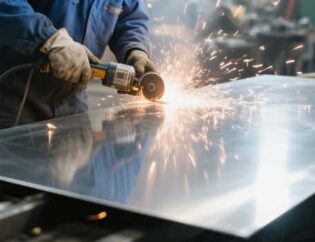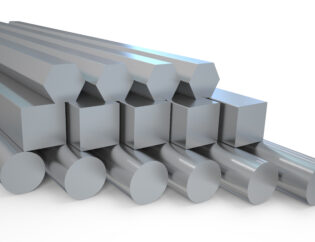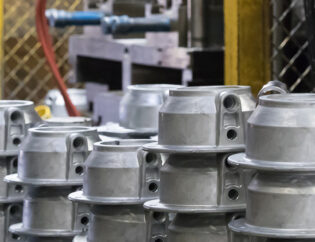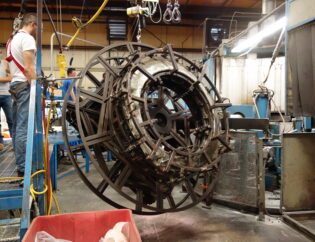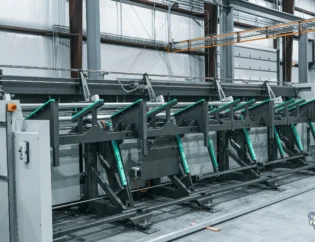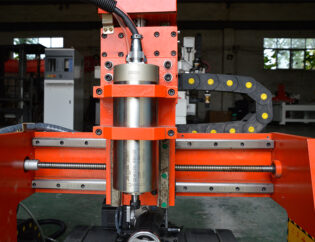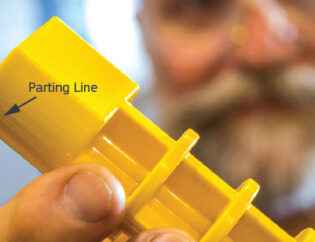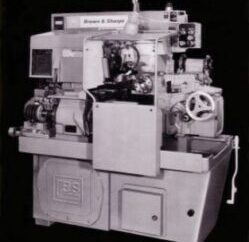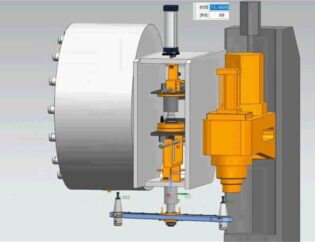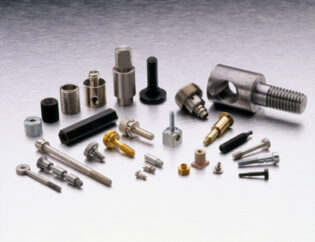The CNC (Computer Numerical Control) process revolutionizes manufacturing by automating the control of machine tools through computer programming. This technology enhances precision, efficiency, and repeatability, making it essential for industries ranging from aerospace to automotive. Understanding CNC processes is crucial for anyone involved in modern manufacturing, as it directly impacts product quality and production timelines.
In this in-depth guide, readers will explore the fundamentals of CNC machining, including its various types, components, and applications. We will delve into the programming languages used, the intricacies of toolpath generation, and the importance of material selection. By the end of this guide, you will have a comprehensive understanding of CNC processes and their significance in today’s manufacturing landscape.
The Ultimate Guide to CNC Machining: Processes, Operations & Benefits
CNC machining is a widely used manufacturing technique that involves the use of computer-controlled machines to shape and fabricate various materials. From metal to plastics, CNC machining offers precise and efficient results. In this comprehensive guide, we will walk you through the step-by-step process of CNC machining, exploring each stage in detail.
Understanding CNC Machining
CNC stands for Computer Numerical Control, which automates the manufacturing process through computer software. This automation allows for greater precision, repeatability, and speed compared to traditional manual machining methods. CNC machining is integral to modern manufacturing, enabling the production of complex parts with high accuracy.
Technical Features of CNC Machining
CNC machining boasts several technical features that enhance its efficiency and effectiveness. Below is a comparison table highlighting these features:
| Feature | Description |
|---|---|
| Precision | CNC machines can achieve tolerances as tight as ±0.001 inches. |
| Automation | The process is automated, reducing human error and increasing efficiency. |
| Versatility | Capable of machining various materials, including metals, plastics, and wood. |
| Complexity | Can produce intricate designs and geometries that are difficult to achieve manually. |
| Repeatability | Once programmed, CNC machines can produce identical parts consistently. |
| Speed | CNC machining is faster than manual methods, especially for high-volume production. |
| Customization | Easily adaptable to different designs and specifications through software. |
Types of CNC Machines
CNC machines come in various types, each suited for specific applications. Below is a comparison table of the most common types of CNC machines:
| Type | Description |
|---|---|
| CNC Milling Machines | Use rotating cutting tools to remove material from a stationary workpiece. |
| CNC Lathes | Rotate the workpiece while a fixed cutting tool shapes it, ideal for cylindrical parts. |
| CNC Routers | Similar to milling machines but designed for softer materials like wood and plastic. |
| CNC Plasma Cutters | Use a high-velocity jet of ionized gas to cut through conductive materials. |
| CNC Laser Cutters | Utilize a focused laser beam for precise cutting of thin materials. |
| CNC Water Jet Cutters | Employ high-pressure water to cut through various materials without heat. |
| CNC EDM Machines | Use electrical discharges to remove material, ideal for intricate shapes. |
The CNC Machining Process
The CNC machining process consists of several key steps, each critical to achieving the desired final product. Here’s a breakdown of the process:
1. Designing the CAD Model
The first step involves creating a detailed Computer-Aided Design (CAD) model of the part to be manufactured. This model serves as the blueprint for the entire machining process.
2. CAM Programming
Once the CAD model is finalized, it is converted into a CNC-compatible format using Computer-Aided Manufacturing (CAM) software. This step generates the G-code, which instructs the CNC machine on how to operate.
3. Material Selection and Preparation
Selecting the appropriate material is crucial. The choice depends on factors such as strength requirements and budget. The material is then prepared for machining, which may involve cutting it to size.
4. Machine Setup
Before machining begins, the CNC machine must be set up properly. This includes ensuring the cutting tools are correctly installed and the workpiece is securely attached.
5. Tooling and Toolpath Verification
Verifying the tooling and toolpaths is essential to prevent potential issues such as tool collisions. This is typically done through simulation software.
6. Machining Operations
The CNC machine starts the machining operations, following the programmed instructions to create the part. This involves cutting, drilling, milling, or turning the material.
7. Quality Control and Inspection
After machining, the finished parts undergo quality control. This involves measuring critical dimensions and verifying tolerances to ensure they meet specifications.
8. Finishing Operations
Additional finishing operations may be necessary, such as deburring or polishing, to enhance the part’s appearance and functionality.
9. Post-Processing
Post-processing tasks may include heat treatment or assembly with other components to ensure the final product meets all desired specifications.
10. Inspection and Packaging
The final step involves a thorough inspection of the finished parts. Once they pass inspection, they are carefully packaged for shipment or further assembly.
Applications of CNC Machining
CNC machining is utilized across various industries, including:
– Aerospace: Producing high-precision components for aircraft and spacecraft.
– Automotive: Manufacturing parts for engines, transmissions, and other critical components.
– Medical: Creating precision parts for medical devices and surgical instruments.
– Electronics: Fabricating components for electronic devices and systems.
– Industrial: Producing machinery parts, tooling, and equipment.
Advantages of CNC Machining
CNC machining offers numerous benefits that make it an essential process in modern manufacturing:
– Accuracy and Precision: CNC machines provide high precision and can produce parts with tight tolerances.
– Repeatability: Once programmed, CNC machines can produce identical parts consistently.
– Efficiency: CNC machining reduces the time and labor required for complex manufacturing tasks.
– Versatility: Capable of machining a wide variety of materials, including metals, plastics, and composites.
– Complex Geometries: CNC machining can produce complex shapes and intricate designs that are difficult or impossible with manual machining.
Conclusion
CNC machining is a cornerstone of modern manufacturing, offering precision, efficiency, and versatility. By following the step-by-step process outlined above, manufacturers can ensure high-quality and consistent results. Companies like www.cncsourced.com, cncphilosophy.com, waykenrm.com, www.sino-mfg.com, and www.sigmatechnik.com exemplify the advancements and applications of CNC machining in various industries.
FAQs
Related Video
What is CNC machining?
CNC machining is a manufacturing process that uses computer-controlled machines to shape and fabricate materials with high precision.
What materials can be used in CNC machining?
CNC machining can work with a variety of materials, including metals, plastics, wood, foam, and composites.
How does CNC machining differ from manual machining?
CNC machining is automated and controlled by computer software, allowing for greater precision and repeatability compared to manual machining.
What are the main types of CNC machines?
Common types include CNC milling machines, CNC lathes, CNC routers, CNC plasma cutters, and CNC laser cutters.
What industries commonly use CNC machining?
CNC machining is widely used in industries such as aerospace, automotive, medical, electronics, and industrial manufacturing.

